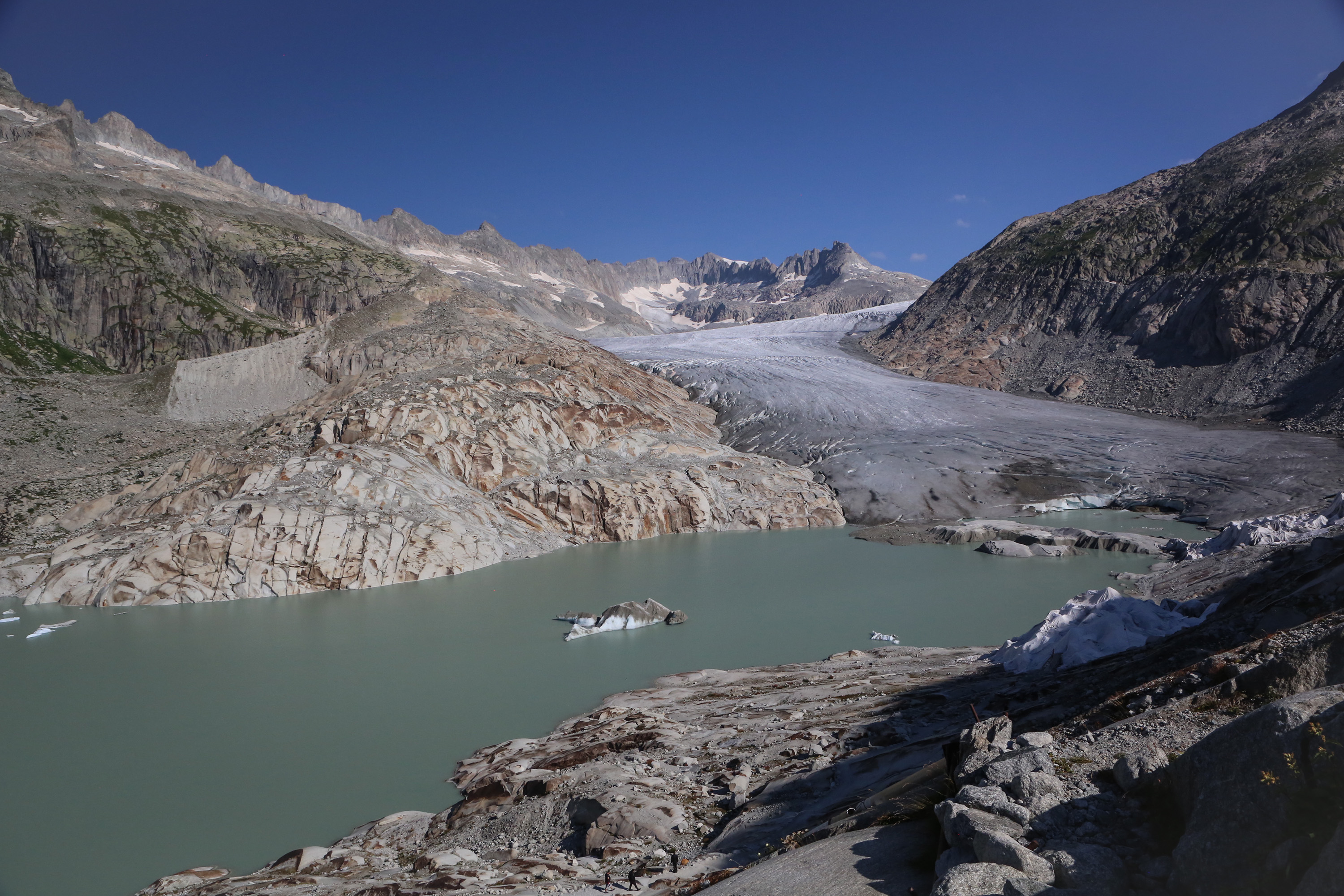Giant galaxies die from the inside out

An international team of researchers led by scientists at the Swiss federal technology institute ETH Zurich has gained new insights into how once-active giant galaxies came to rest and ceased to form new stars.
Half of all mass in stars in the universe is found in giant galaxies that stopped forming new stars several billion years ago. Astronomers refer to these galaxies as “red and dead” because they consist almost exclusively of older stars that emit a reddish light, in contrast to young stars that emit a blueish light.
An international team of astronomers led by ETH researchers studied the progenitor – parent – galaxies of these giant red and dead galaxies and discovered how star formation came to a halt. Their findingsExternal link were published in the scientific journal Science on Friday.
First, the star formation at the centre of these galaxies ceases while new stars continue to form on the edges. Over the course of a few billion years, star formation in the outer regions also stops.
The research team came to this conclusion by studying 22 giant galaxies in detail using the Very Large Telescope (VLT) at the European Southern Observatory (ESO) in Chile as well as the Hubble Space Telescope.
This allowed them to combine very sharp and highly detailed infrared images from Hubble with spectroscopic data collected at the same resolution with the VLT, making it possible to unveil the old stars and also discover where the young stars are made in these galaxies.
Topic of debate
The progenitors of the massive galaxies studied by the team go all the way back to the infancy of the universe – more than ten billion years ago or “only” three billion years after the Big Bang. This is due to the great length of time required for light from these galaxies to reach the earth.
“The fact that we can now study the predecessors of these dead giant galaxies in detail is fascinating,” study leader Sandro Tacchella said. “It is important to study what happened in galaxies at those early times to understand how the universe became what it is today.”
The scientists hope their findings will help them understand the exact mechanism of how the birth of new stars in giant galaxies came to a standstill, which has been a topic of debate among astronomers for a long time.
Among the possible mechanisms consistent with the new results are super-massive black holes at the centre of galaxies, which could inject into the galaxies vast amounts of energy that would heat up or even blow out of the galaxies the cold gaseous material from which new stars are born.

In compliance with the JTI standards
More: SWI swissinfo.ch certified by the Journalism Trust Initiative











You can find an overview of ongoing debates with our journalists here . Please join us!
If you want to start a conversation about a topic raised in this article or want to report factual errors, email us at english@swissinfo.ch.